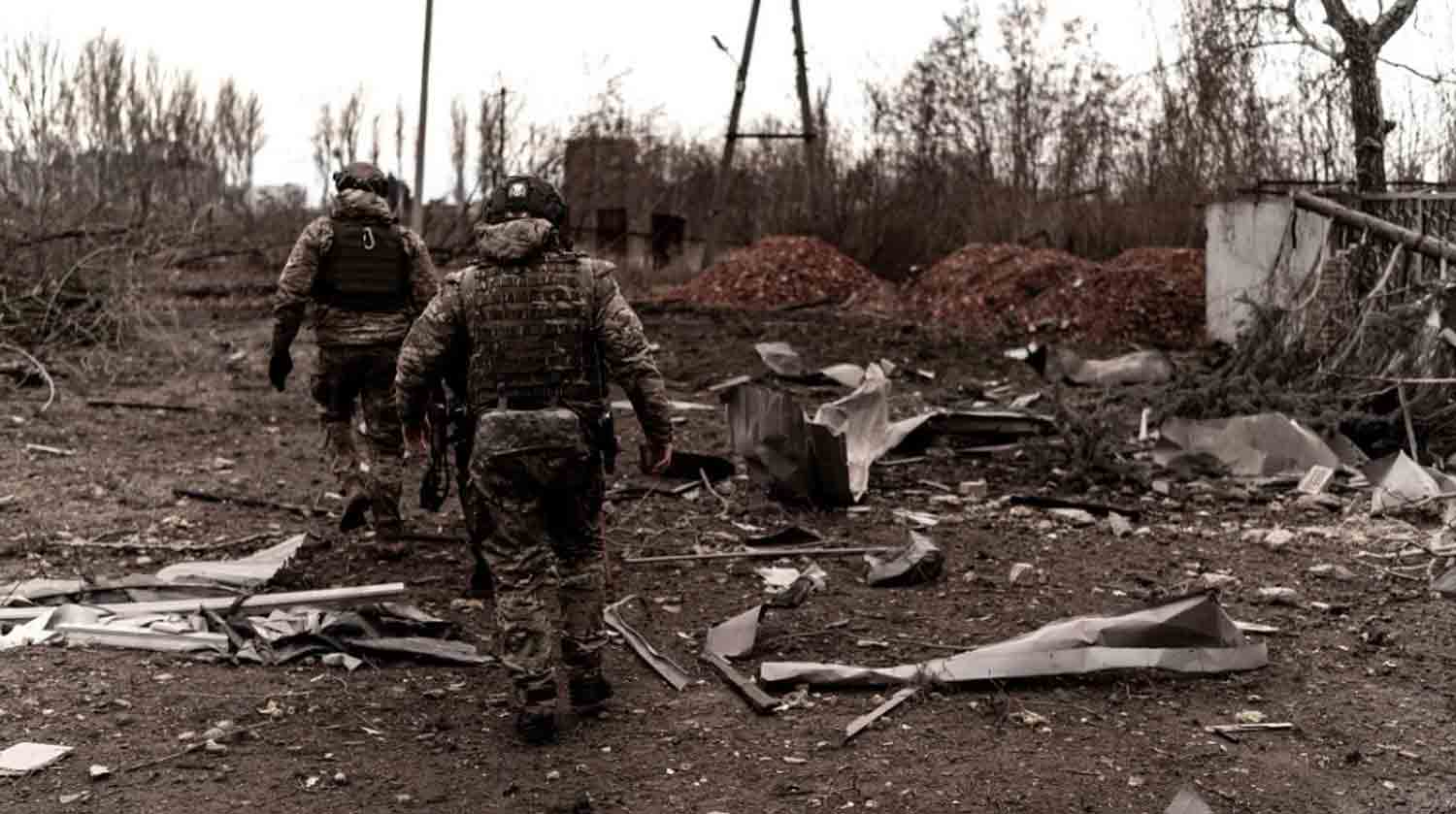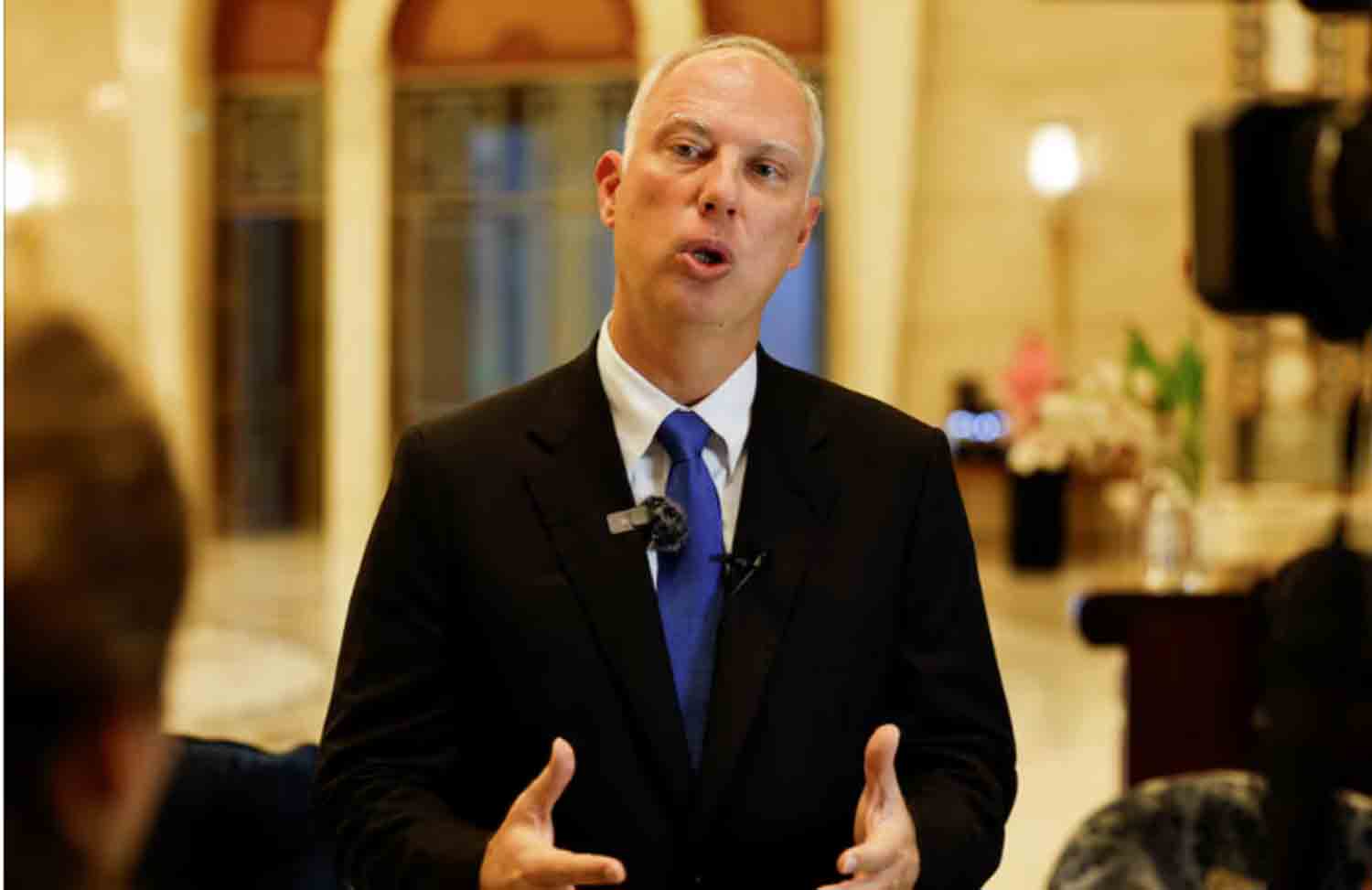Prime Minister Narendra Modi‘s visit to the White House on February 13 underscores India’s eagerness to strengthen ties with the United States, a move that has been cautiously avoided for 75 years since gaining independence from British rule. This shift reflects India’s ambition to secure a prominent position on the global stage, a vision actively promoted by the Hindu nationalist government, which many of the country’s elites now associate with a strategic partnership with the US.
However, this pursuit of closer ties carries its own risks, reminiscent of the cautionary tale of Icarus from Greek mythology.
The Trump administration appears to blend a fervent ideological commitment with a colonial mindset, which should fundamentally conflict with Indian values on moral, political, and geopolitical grounds.
There seems to be a lack of realistic understanding among Indian elites regarding the global landscape, largely due to their misguided belief that the US can assist India in achieving superpower status comparable to China.
Consequently, a potential discussion point for Modi with Trump could have been the revitalization of the stagnant India-Middle East Economic Corridor (IMEC) as a counter to China’s Belt and Road Initiative. However, Israeli Prime Minister Benjamin Netanyahu’s controversial suggestion that Saudi Arabia could serve as a suitable site for resettling Palestinians displaced from Gaza caused significant backlash, particularly from Riyadh, which was expected to be a key investor in the IMEC.
India has remained silent on the US-Israeli strategies concerning Gaza, including Trump’s peculiar proposal to transform the region into a Middle Eastern Riviera, which has faced global condemnation and support for the Abraham Accords. This situation highlights the complexities of a unipolar world.
Trump is decisively distancing himself from his European allies, expecting them to manage independently in the wake of NATO’s setbacks in Ukraine. This situation became apparent during the recent NATO defense ministers meeting in Brussels, where new US Defense Secretary Peter Hegseth made his first appearance.
When questioned about the US’s commitment to Article 5 of the NATO charter regarding collective security, Hegseth shifted the focus to Article 3, which emphasizes resilience. This article states that to effectively achieve the goals of the NATO Treaty, member states must engage in continuous self-help and mutual aid to enhance their individual and collective capabilities to resist armed attacks.
A few days later, Vice President J.D. Vance delivered striking comments at the Munich Security Conference, openly discussing the deterioration of the transatlantic alliance. He indicated that the rift between Europe and the US has evolved beyond issues of military burden-sharing or concerns about Russia, touching on deeper issues related to Europe’s societal and political structures.
Vance highlighted that the most significant threat to Europe is not from Russia or China, but rather a “danger from within.” He depicted a continent that has lost its direction and hinted that the moral foundation of NATO itself may be eroding.
The consequences for Ukraine are significant. Vladimir Zelensky later expressed his concerns at the Munich event, stating, “The US vice-president made it clear: decades of the old relationship between Europe and America are ending. From now on, things will be different, and Europe needs to adjust to that.”
Why is it that, as history unfolds, the Indian elite seem to act like lotus eaters, blind to the scale of US retrenchment? This disconnect is evident among the elites in both the Congress party and the opposition.
These leaders appear unaware of the geopolitical landscape, particularly that military conflict is not a viable option for the US regarding China, if it ever was. Trump is acutely aware that the US should conserve its resources and refrain from making empty promises to leaders such as Modi or Netanyahu.
During a joint press conference with Modi on Friday, Trump explicitly called for peace between India and China and offered assistance. The era when Americans encouraged India to confront China across the Himalayas, eliciting excitement from Indian elites, is over. Notably, Trump did not mention the Quad group, which includes Australia, India, Japan, and the US.
Trump seems constantly aware of China’s role as a key driver of the global economy. While the US ended 2024 with a trade deficit exceeding one trillion dollars, China recorded a trade surplus of the same magnitude. Trump also recognized the global shift in technological power following the emergence of China’s AI model, DeepSeek.
Ultimately, Trump skillfully engaged Modi by labeling him a “tough negotiator” while keeping the threat of “reciprocal tariffs” in reserve to ensure India’s compliance. This strategy resulted in an additional $10 billion in energy sales to India annually, creating an export business valued between $15 billion and $25 billion each year.
Trump views the Modi administration as a significant asset for advancing the America First agenda, encouraging it to procure more military equipment from U.S. suppliers, including F-35 stealth fighters. A report from the U.S. Government Accountability Office last February indicated that the Modi government would require at least $1.7 trillion to acquire, operate, and maintain the F-35s over their projected 66-year lifespan, primarily due to high maintenance expenses and developmental setbacks. From a geopolitical perspective, acquiring such advanced weaponry effectively solidifies India’s position as a U.S. ally.
The source of India’s vulnerabilities remains uncertain. Modi’s swift visit to the U.S. to integrate India into Trump’s foreign policy framework highlights the lack of strategic foresight among policymakers in New Delhi amid a rapidly evolving global geopolitical landscape.
A multi-alignment strategy, grounded in India’s longstanding ties with Russia, presents a viable option that aligns with India’s interests while maintaining its strategic autonomy and independent foreign policy. This approach is particularly relevant as the Trump administration also expresses a willingness to “potentially work together” with Russia.
However, during the joint press conference with Trump, Modi chose to align with the U.S. perspective on the Ukraine conflict, firmly distancing India from Moscow and maintaining a neutral stance between Moscow and Kyiv. He echoed Trump’s call for an immediate ceasefire, seemingly prioritizing American interests.
The question arises: why display such eagerness when a peace settlement on Russia’s terms appears to be a feasible outcome, one that Trump himself may have begun to accept? The irony lies in the fact that Indian elites have reached a low point in their unipolar dilemma at a time when even the Trump administration is recognizing the increasing signs of a multipolar world order, which renders the Cold War-era “bloc mentality” outdated.
Discover more from Defence Talks | Defense News Hub, Military Updates, Security Insights
Subscribe to get the latest posts sent to your email.





